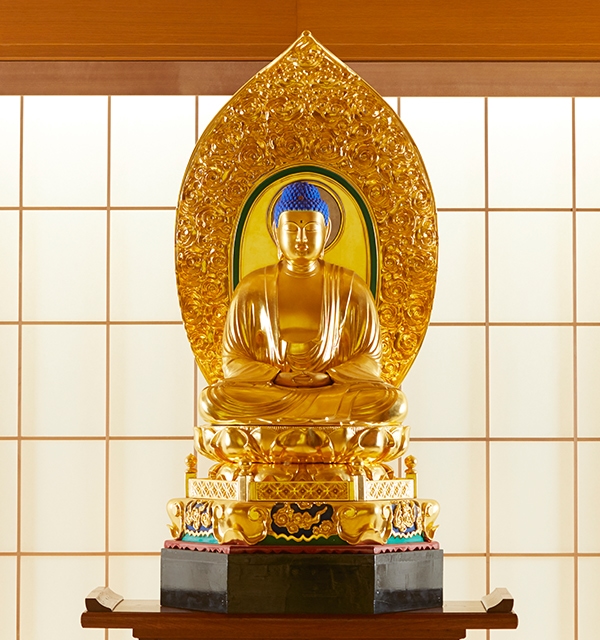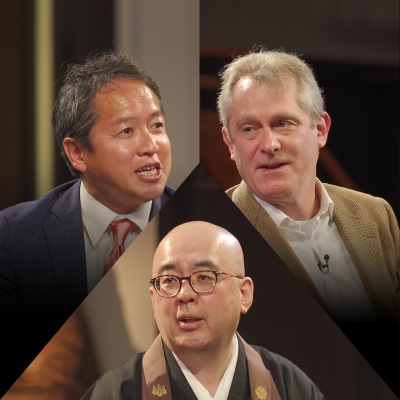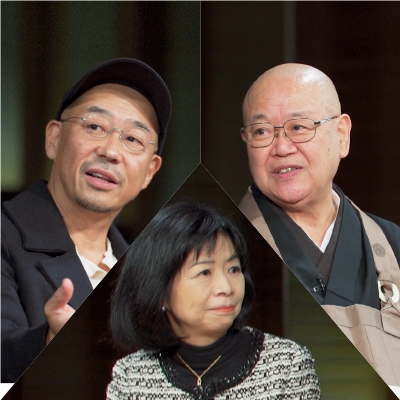
The History of Zen: Discovering the Roots of Sōtō Zen (8)
From Prof. KAGAMISHIMA Genryū’s Zengaku gairon kōgi nōto
(Introduction to Zen Studies Lecture Notes)
Buddhism in China before Bodhidharma was centered on translations of Indian texts, and on abstruse Buddhist academic theories based on those translations. Bodhidharma rejected doctrinarism and theorizing in favor of a practical Buddhism, one that he himself had practiced. According to the later Zen tradition, Bodhidharma emphasized the following two core principles. The first is “a special transmission outside the scriptures, not based on words and letters” (Jpn. furyū monji, kyōgebetsuden不立文字、教化別伝) and the second “by pointing directly to [one’s] mind, see into [one’s own true] nature to attain Buddhahood” (Jpn. jikisha ninshin, kenshō jōbutsu直指人心、見性成仏).
“A special transmission outside the scriptures, not based on words and letters” suggests that the fundamental spirit of Śākyamuni Buddha’s teaching is contained in the scriptures. The scriptures are nothing more than “a finger pointing at the moon.”*1 “By pointing directly to [one’s] mind, see into [one’s own true] nature to attain Buddhahood” means that the fundamental spirit of Śākyamuni Buddha is found in the direct realization of human nature. Bodhidharma taught these two core principles according to the later Zen school tradition, but the historicity of that is uncertain. Rather, it is thought that these two core principles were slogans that developed along with the Sinicization of Zen, and that Bodhidharma himself did not teach them. This is because no claims like “a special transmission outside the scriptures, not based on words and letters” or “by pointing directly to [one’s] mind, see into [one’s own true] nature to attain Buddhahood” can be found in the writings of Bodhidharma. The attributed writings of Bodhidharma are collected into six treatises (Shaoshi liumen, Jpn. Shōshitsu rokumon『少室六門』),*2 but among these only The Two Entrances (Erzhong ru, also Two Entrances and Four Practices二入四行) is generally thought to be a genuine writing of Bodhidharma.
*1 The truth of Buddhism is likened to the moon, and scriptures that attempt to express that truth in words are likened to a finger.
*2 The six are: (1) Verse on the Heart Sūtra心経頌, (2) Treatise on the Cessation of Thoughts破相論, (3) The Two Entrances二種入, (4) Dharma Gate for Pacifying the Mind安心法門(5) Treatise on Awakening to the Nature of Mind悟性論, (6) Treatise on the Transmission血脈論. This is a collection of the attributed writings of Bodhidharma.

SPECIAL
ZEN,KOMAZAWA,MANAGEMENT
For our 5th discussion in this series we welcomed guest participant Mr. David Atkinson, CEO of Konishi Decorative Arts and Crafts, for a three-way dis・・・
2020.08.07

SPECIAL
ZEN,KOMAZAWA,MOVIE
For our fourth interview we welcomed film director Tatsushi Ōmori as our guest, and together with Komazawa University Chancellor Seishi Nagai and Prof・・・
2020.03.05

